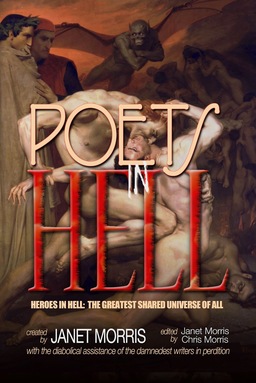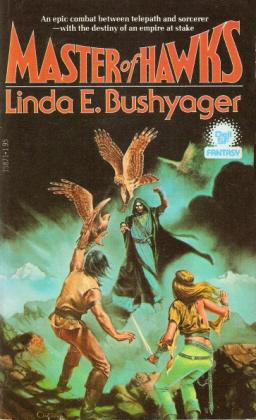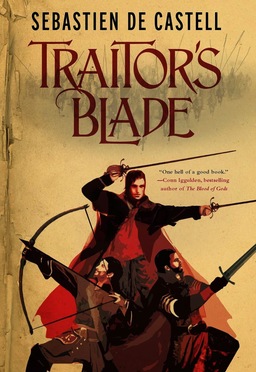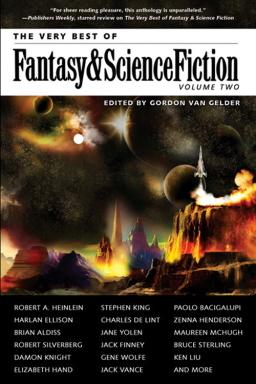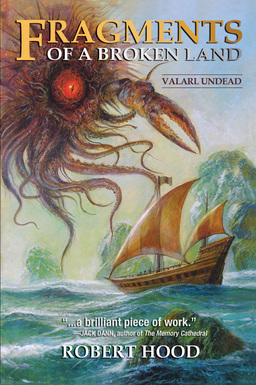New Treasures: Robert A. Heinlein: In Dialogue With His Century Volume 2: 1948 – 1988: The Man Who Learned Better, by William H. Patterson
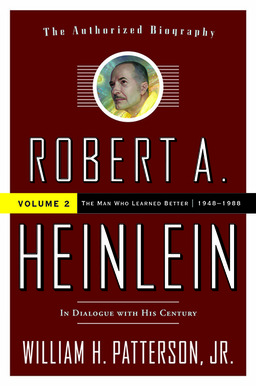 In 2003, I was on a panel on classic SF and fantasy with Charles N. Brown, the esteemed editor of Locus, when the conversation turned to Robert A. Heinlein (as it does).
In 2003, I was on a panel on classic SF and fantasy with Charles N. Brown, the esteemed editor of Locus, when the conversation turned to Robert A. Heinlein (as it does).
I don’t know much about Heinlein, really. I read a small handful of his books when I was younger, but I was never really a fan. I was more an Asimov guy. Brown however, was a dedicated Heinlein reader, and when Heinlein died in 1988, Brown famously wrote that there had never really been “the Big Three SF writers,” (meaning Asimov, Clarke, and Heinlein.) There had only ever been Heinlein, towering over the field.
Heinlein’s first novel, For Us, The Living, written in 1939 but unpublished until 2003, would appear later that year. I had received an advance proof, but I hadn’t read it. Brown had, however, and the book was major news. The rest of us on the panel deferred to Charles as he smoothly warmed to his topic, lecturing the assembled crowd on the importance of the novel in Heinlein scholarship, and indeed, to literature itself.
“The thing to remember,” Charles said, “is that Heinlein never intended the novel to be published –”
“Yes he did,” I said.
Charles looked startled. He seemed to have forgotten that there was anyone else on the panel. He looked around, obviously annoyed at the interruption.

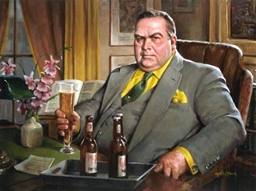
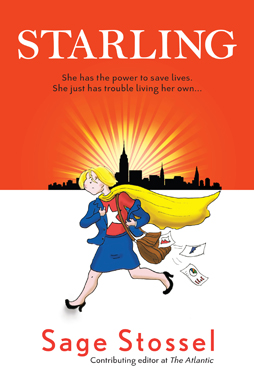 There’s a suspicion common in genre circles when a writer or creator from ‘the mainstream’ uses genre conventions or plot points. It’s sometimes a justified suspicion, as the writer unfamiliar with genre falls into cliché or loses control of their material through inexperience with the form. But sometimes something else happens: fresh eyes can find new truths. And every so often somebody approaching a genre by starting at square one can show why the classic genre material works in the first place — and even twist that material a bit to find new life for it going forward.
There’s a suspicion common in genre circles when a writer or creator from ‘the mainstream’ uses genre conventions or plot points. It’s sometimes a justified suspicion, as the writer unfamiliar with genre falls into cliché or loses control of their material through inexperience with the form. But sometimes something else happens: fresh eyes can find new truths. And every so often somebody approaching a genre by starting at square one can show why the classic genre material works in the first place — and even twist that material a bit to find new life for it going forward.